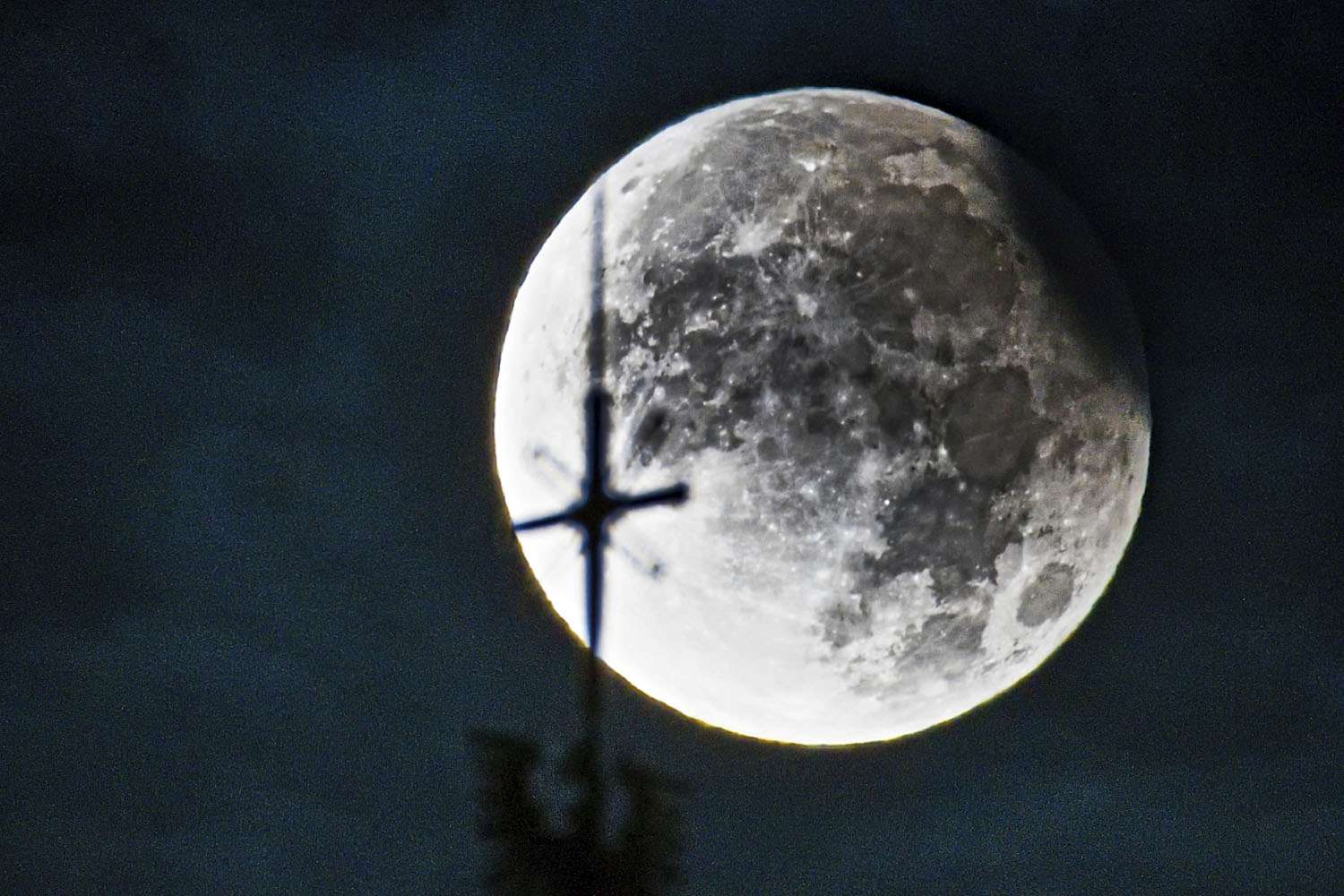Search results
Learn about Africa, the world's second-largest and second-most populous continent, with diverse geography, history, culture, and resources. Find out about its countries, cities, languages, religions, and environmental issues.
- Orthographic Projection
Permission is granted to copy, distribute and/or modify this...
- List of Sovereign States and Dependent Territories in Africa
This is a list of sovereign states and dependent territories...
- Scramble for Africa
The Scramble for Africa [a] was the conquest and...
- Languages of Africa
The number of languages natively spoken in Africa is...
- Africa (Disambiguation)
Africa, an American animated short featuring Oswald the...
- Talk
We would like to show you a description here but the site...
- List of Regions of Africa
One common approach categorizes Africa directionally, e.g.,...
- Human Population
Asia is the most populous continent, with its 4.64 billion...
- 2nd
Sub-Saharan Africa [b] 1,137,938,708: 14.4% N/A 48 1 1 4...
- Ethnic Groups
The ethnic groups of Africa number in the thousands, with...
- Orthographic Projection
News about South Africa, central bank, Afghanistan
News about Africa, Aliko Dangote, mpox
Also in the news
A comprehensive overview of the history of Africa from prehistory to the present, covering major events, civilizations, empires, religions, and colonialism. Learn about the origins of human evolution, the rise and fall of ancient kingdoms, the impact of Islam and Christianity, and the struggles for independence and unity.
- Main Features
- Plateau Region
- Plains
- Mountains
- Rivers
- Lakes
- Islands
- Climatic Conditions
- Health
- See Also
- GeneratedCaptionsTabForHeroSec
The average elevation of the continent approximates closely to 600 m (2,000 ft) above sea level, roughly near to the mean elevation of both North and South America, but considerably less than that of Asia, 950 m (3,120 ft). In contrast with other continents, it is marked by the comparatively small area of either very high or very low ground, lands ...
There are many plateaus in Africa. The high southern and eastern plateaus, rarely falling below 600 m (2,000 ft), have a mean elevation of about 1,000 m (3,300 ft). The South African plateau, as far as about 12° S, is bounded east, west and south by bands of high ground which fall steeply to the coasts. On this account South Africa has a general re...
Much of Africa is made up of plains of the pediplain and etchplain type often occurring as steps. The etchplains are commonly associated with laterite soil and inselbergs. Inselberg-dotted plains are common in Africa including Tanzania, the Anti-Atlas of Morocco, Namibia, and the interior of Angola. One of the most wideaspread plain is the African ...
The mountains are an exception to Africa's general landscape. Geographers came up with the idea of "high Africa" and "low Africa" to help distinguish the difference in Geography; "high Africa" extending from Ethiopia down south to South Africa and the Cape of Good Hope while "low Africa" representing the plains of the rest of the continent.The foll...
From the outer margin of the African plateaus, a large number of streams run to the sea with comparatively short courses, while the larger rivers flow for long distances on the interior highlands, before breaking through the outer ranges. The main drainage of the continent is to the north and west, or towards the basin of the Atlantic Ocean. To the...
The principal lakes of Africa are situated in the African Great Lakes plateau. The lakes found within the Great Rift Valley have steep sides and are very deep. This is the case with the two largest of the type, Tanganyika and Nyasa, the latter with depths of 800 m (2,600 ft). Others, however, are shallow, and hardly reach the steep sides of the val...
With the exception of Madagascar, the African islands are small. Madagascar, with an area of 587,041 km2 (226,658 sq mi), is, after Greenland, New Guinea and Borneo, the fourth largest island on the Earth. It lies in the Indian Ocean, off the southeast coast of the continent, from which it is separated by the deep Mozambique Channel, 400 km (250 mi...
Lying almost entirely within the tropics, and equally to north and south of the equator, Africa does not show excessive variations of temperature. Great heat is experienced in the lower plains and desert regions of North Africa, removed by the great width of the continent from the influence of the ocean, and here, too, the contrast between day and ...
The climate of Africa lends itself to certain environmental diseases, the most serious of which are: malaria, sleeping sickness and yellow fever. Malaria is the most deadly environmental disease in Africa. It is transmitted by a genus of mosquito (anopheles mosquito) native to Africa, and can be contracted over and over again. There is not yet a va...
Learn about the physical features, regions and zones of the continent of Africa, its highest mountain, largest lake and lowest point. Explore the satellite view, maps and diagrams of Africa's geography.
Learn about Africa, the second largest continent in the world, with 54 countries and diverse climates, cultures, and history. Find out about its geography, wildlife, languages, and more.
CountryArea(km²)PopulationYearAfrica Total30,368,6091,001,320,281200956,7856,019,877200971,7406,440,0532009196,19013,711,5972009Portal:Africa is a gateway to various aspects of Africa, such as geography, culture, history, and current events. It features a selected article, a list of topics, and a map of the continent.
4 days ago · Learn about Africa, the second largest continent, with diverse physical features, cultures, and natural resources. Explore its countries, regions, map, and current events with Britannica.
People also ask
What is Africa bounded by?
What is the history of Africa?
How big is Africa?
Why is Africa called Africa?
Learn about the geography, history, and culture of Africa, the second largest continent on Earth. Explore the diverse peoples, languages, and regions of Africa, from the Sahara desert to the Nile River.








